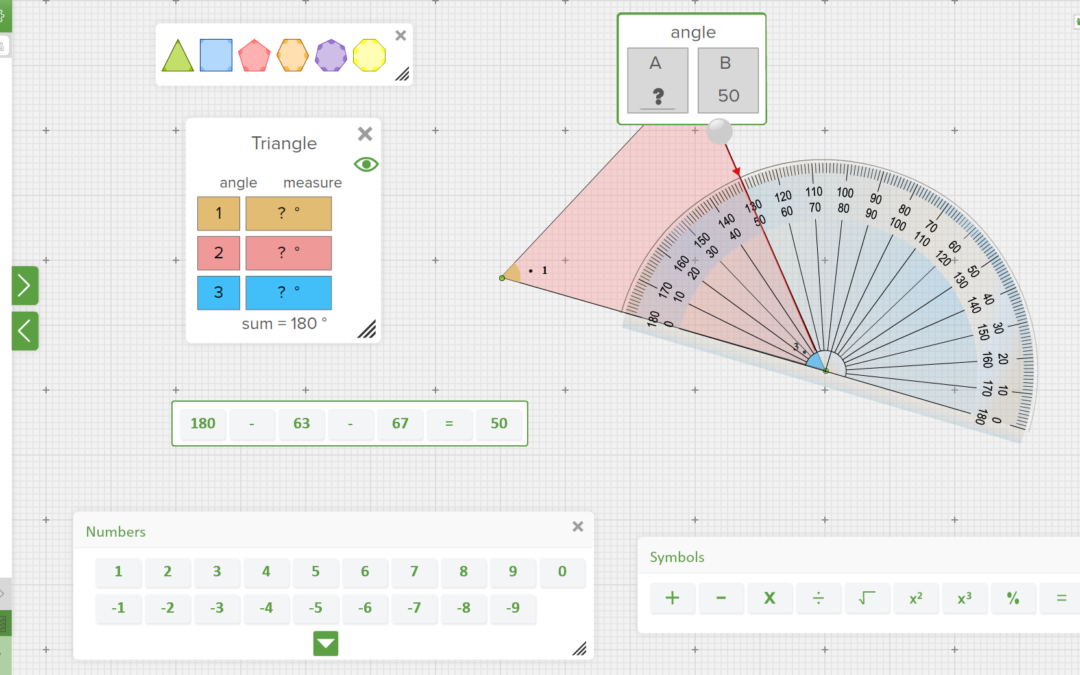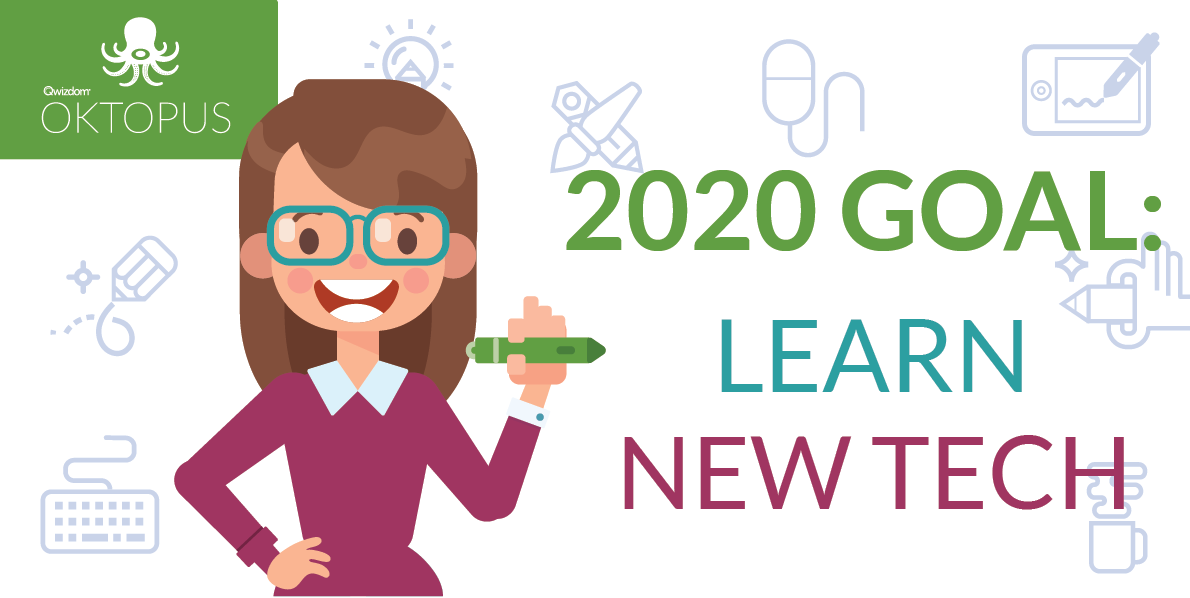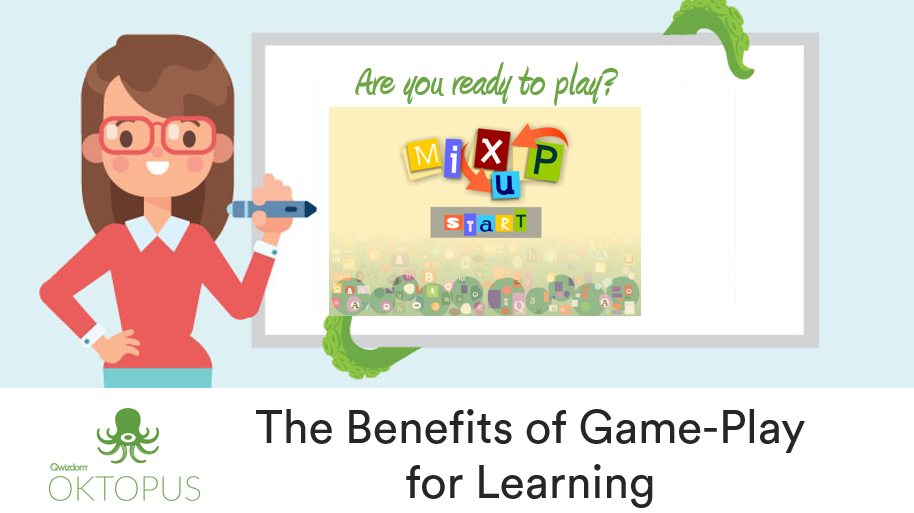
Jul 30, 2024 | Software Updates, New Features
We are delighted to announce a brand new version of OKTOPUS, version 5! This new update comes with a massive overhaul of the design and feel of the software. We’ve updated and modernized the entire experience, and added lots of improvements along the way....
Feb 14, 2020 | New Features
Permaclone Tool Create interactive objects with the Permaclone tool. Perfect for practicing addition, subtraction and sorting. It can also come in handy when illustrating concepts like fractions and simple probability. Imagine doing a lesson on probability. You want...

Jan 14, 2020 | New Features, Professional Development
Unbelievably, we’re already at the start of a new year, more unbelievably a new decade, and the general feeling is to set new goals, accomplish new things, and learn new skills. Teachers are no exception, but considering the limited time that you have...
Sep 18, 2019 | New Features
Change can, at times, be a challenge especially if we’ve become used to doing things a certain way or using a specific program or tool for years. But change can also lead to a “reinvigoration” of strategies and techniques we’ve grown accustomed to. Remember the first...
Aug 14, 2019 | Best Practices, New Features
“Have you started planning yet?” This is a common question heard on many a school campus about this time of year. Yet, planning for the new school year involves more than laying out the units and lessons for the year. Planning also involves the strategies that will be...

May 16, 2019 | New Features, Best Practices
Choose the best answer to the following question: On a Wednesday afternoon, a math teacher asks his class of 6th graders, “Who wants to play a game?” What is the most likely response from the class of students? A few students raise their hands while the rest of the...




